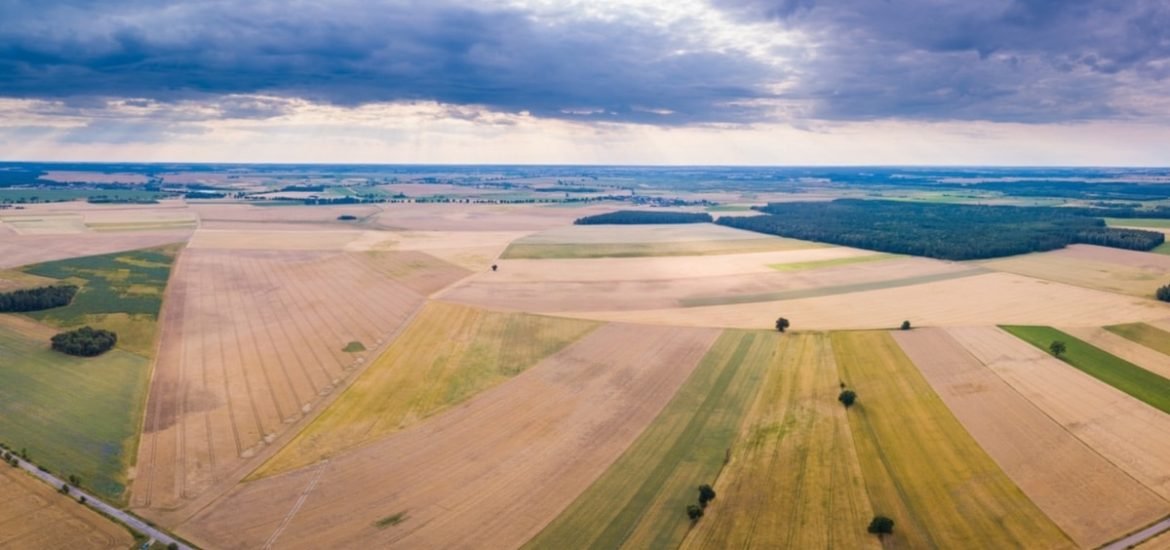
So-called land-based mitigation — through reforestation and preventing further deforestation — is an important component of the Paris Agreement. But to sufficiently increase forested areas and meet Europe’s reforestation targets, we need to transform the food system, according to a new study published on 4 October in Environmental Research Letters (1). And in particular, reduce meat consumption.
More trees are needed to absorb carbon dioxide, however, forests are in direct competition with agriculture for land — not just in Europe but around the world. And as the global population increases, so too will the demand for food. Therefore, meeting Europe’s reforestation targets will be “virtually impossible” without transforming the food system
A broken food system
The study adds to a growing sentiment that transforming food systems in Europe — and indeed, around the world — must be prioritised and could prevent millions of people from going hungry while at the same time protecting the climate.
Shockingly, one-third of all food goes to waste and more than 800 million people go hungry on a regular basis. But at the same time, industrial-scale farms draw copious quantities of precious water resources to irrigate crops. Not to mention the huge biodiversity loss and greenhouse gas emissions associated with industrial farming.
Meeting Europe’s reforestation targets
The team of researchers from the Institute of Meteorology and Climate Research – Atmospheric Environmental Research (IMK-IFU) in Garmisch-Partenkirchen in Germany, the University of Edinburgh and Cranfield University in the UK, and the TIAMASG Foundation in Bucharest, Romania took a closer look at precisely what it will take to achieve the Paris Agreement — keeping the global temperature increase to well below 2 degrees Celcius above pre-industrial levels. And more specifically, the conditions required for European forests to remove a sufficient amount of carbon from the atmosphere.
They used integrated models developed within the EU IMPRESSIONS project and made available on the IMPRESSIONS Integrated Assessment Platform (IAP2). The interactive online platform allows researchers to assess the impacts of climate change and investigate potential adaptation strategies by using interconnected meta-models of urban development, water resources, floods, forest, and agriculture, as well as biodiversity.
And importantly, the platform can help researchers visualise the relationships between climatic and socioeconomic factors. So, the authors compared a total of 972 different scenarios with various demands for meat, irrigation efficiencies, and harvest yields and just over one-third were able to reach the targets for both forested areas and food supply in 2050.
Trees absorb carbon dioxide from the atmosphere. However, there is a tradeoff between the land needed for reforestation and land required for food production. Without dietary changes, only 42 out of 972 model simulations reached minimum food supply and forest expansion goals.
Therefore, the authors conclude that meeting Europe’s planned reforestation targets is “virtually impossible to achieve without transformation of the food system, making it unlikely that Europe will play its required role in global efforts to limit climate change”. That is, without going beyond its borders.
However, lead author Dr Heera Lee emphasises that it’s important to avoid an increasing reliance on food imports to Europe to achieve these goals in order to prevent deforestation in other regions of the world.
(1) Lee, H. et al. Implementing land-based mitigation to achieve the Paris Agreement in Europe requires food system transformation. Environmental Research Letters (2019). DOI: 10.1088/1748-9326/ab3744